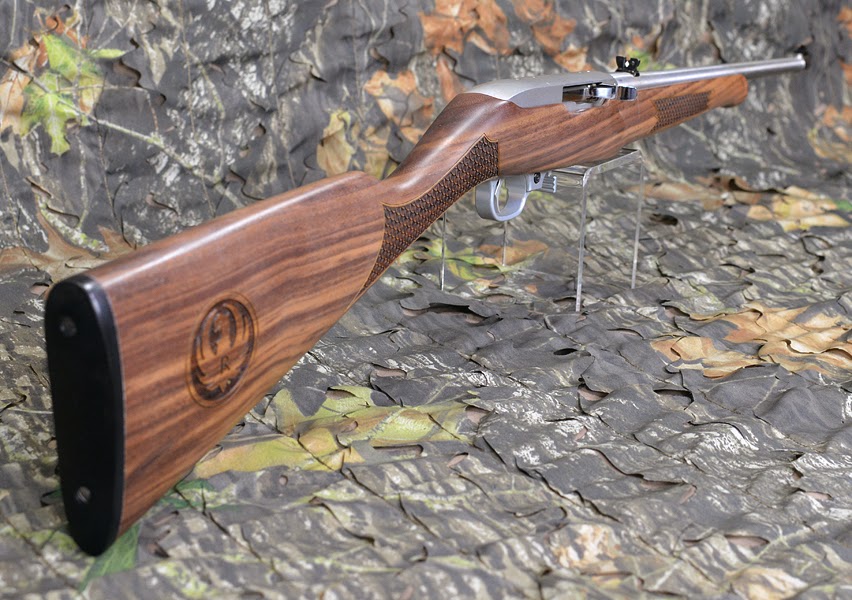[From our Canadian correspondent, Gary Mauser PhD. This was first posted at Justice For Gun Owners December 5.]
Rural Canada is “gun country.” But do more guns mean more crime?
In 2017 StatsCan reported that both violent crime and property crime rates were higher in rural Canada than in bigger Canadian cities. If guns make people safe, how could this be true?
According to StatsCan, homicide rates were almost double in “Non-Census Metropolitan Areas” (areas with populations under 10,000) than in Census Metropolitan Areas that have at least 500,000 residents.
For the 33 Census Metropolitan Areas, the homicide rate per 100,000 was 1.63. Outside these metropolitan areas, the rate was 1.80, according to StatsCan.

Statistics Canada report on crime rates
The federal Liberals will be happy to blame rural gun owners for higher rates of crime in rural areas.
Is it true that merely owning a firearm is a threat to public safety? Here are some facts to help defend responsible firearms ownership.
In similar countries, crime rates are lower in rural areas. Crime rates in both the US and England are lower in rural areas than in big cities. Firearms are widespread in rural areas in all three countries (Canada, England, and the US).
Blaming gun owners makes no sense.
So, why would rural areas in Canada be more violent than urban areas, when rural areas are safer than big cities in both the US and England?
One possible explanation is that neither the United States nor England have as large an Aboriginal population as Canada. Almost 5% (4.7%) of Canadians self-identifies as Aboriginal, while just 1.7% of Americans do, and virtually none in England (unless you count Celts).
The Aboriginal population tends to live in rural areas in Canada. Many Native Reserves are rural, and Aboriginals have much higher crime rates than other Canadians. About half of the Aboriginal population lives on reserves; those who live off reserve are scattered across the country.
A few examples illustrate the rural/urban divide. In British Columbia, 5.7% of the provincial population is Aboriginal, while just 2.5% of the population of greater Vancouver is Aboriginal. Similarly 10% of the population of Saskatchewan is First Nations, but just 5% in Regina and Saskatoon are First Nations.
Aboriginal people represent just 5% of the total Canadian population yet they accounted for 24% of homicide victims.
In 2016, the homicide rate for Aboriginals was 8.69 per 100,000 Aboriginal people living within CMAs, compared with a rate of 7.87 for those living outside of CMAs.
In 2014, the overall rate of violent victimization among Aboriginal people was more than double that of non-Aboriginal people (163 incidents per 1,000 people versus 74 incidents per 1,000 people). Regardless of the type of violent offence, rates of victimization were almost always higher for Aboriginal people than for non-Aboriginal people.
Definitions are important. Aboriginal means a person who self identifies as Aboriginal. This category includes both Metis, and First Nations. First Nations means a person is certified status Indian and has separate legal status Over half (57%) of the First Nations aboriginal population live in the Western provinces, Manitoba (13.4%), Saskatchewan (11.7%), Alberta (14.0%), and BC (17.7%) according to the 2016 census.
—Gary Mauser, PhD is professor emeritus in the Institute for Canadian Urban Research Studies and the Beedie School of Business, Simon Fraser University, British Columbia. He specializes in criminology and economics, has published extensively on firearms legislation, firearms and violence, and has provided expert testimony on criminal justice issues to the Canadian government.


